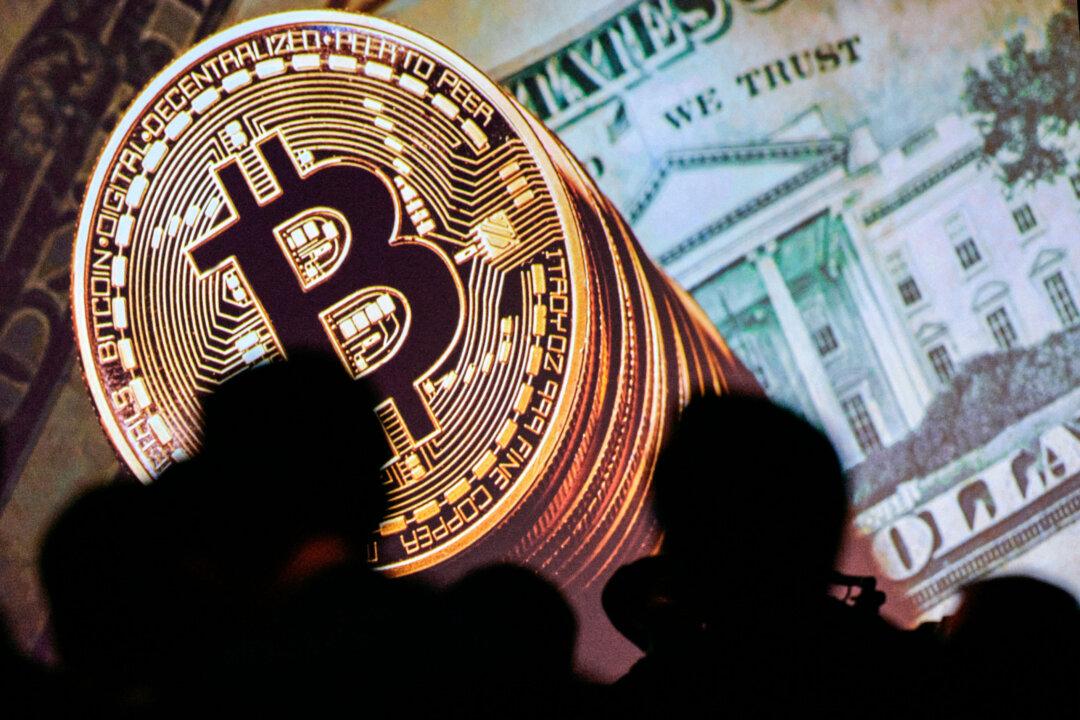Lockdowns are spreading throughout China as authorities try to contain fresh outbreaks, despite the country’s COVID Zero strategy. New coronavirus infections are increasing in the mainland, topping 10,000 cases since March 1.
The situation unfolding in China is triggering economic concerns worldwide.
Experts warn that renewed lockdowns in the world’s second-largest economy could exacerbate the global supply chain crisis, adding to inflationary pressures throughout the international marketplace.
Manufacturers are already sounding the alarm that a broad array of goods, from computer chips to glass for the iPhone, could experience shipping delays.
Foxconn, the Taiwanese electronics company that assembles Apple’s iPhones ceased production at a plant in Shenzhen. Hon Hai Precision Industry Co., a critical supplier for the iPhone-maker, announced that it would be suspending activity at its factory in Shenzhen. Lens Technology, a crucial supplier of lenses and glass materials for Apple, confirmed that production and delivery of its products would be affected at its Dongguan plant.
Toyota Motor Corp and Volkswagen AG stopped operations in Changchun. Volkswagen AG confirmed that it would temporarily shut down three plants.

Unimicron Technology Corp., a producer of printed circuit boards and a huge supplier for Intel, is halting production. BYD Co. revealed that it is seeing a significant impact on its automobile and battery manufacturing efforts.
Netac Technology also confirmed that shipment delays are very much possible because its Shenzhen factory had to cease production. It makes USB flash drives and portable hard drives.
In an earnings call Monday, Yum, the operator of the KFC and Pizza Hut brands in China, confirmed that its operations had taken a hit due to the increased infections. In the first two weeks of March, same-store sales slumped 20 percent year-over-year, the company confirmed.
Huawei and Tencent also maintain offices in Shenzhen, and it is expected that these companies will keep their offices closed until at least March 20.
It remains unknown how long Shenzhen’s lockdown will last.
For now, major ports in Shanghai and Shenzhen are functioning as usual, although there have been transportation setbacks due to roadblocks and testing. However, recent Refinitiv data highlight escalating container congestion at important shipping hubs. The number of vessels waiting to dock at several ports, including Pearl River Delta and Yangtze Estuary, has doubled from the same time a year ago.
What happens next will depend on how China can contain the spread of Omicron.
Market analysts warn that public health restrictions could weigh on the country’s economic growth.
Morgan Stanley slashed its GDP forecasts for China to zero in the first quarter and predicted that Beijing would miss its 2022 target.
Economists led by Robin Xing anticipate that the full-year GDP will come in at 5.1 percent, down from its previous estimate of 5.3 percent.
“The double lockdowns sent a clear message that Beijing is prioritizing COVID containment over the economy, and a recalibration of its COVID strategy will likely be delayed,” the Wall Street bank said in a note. “Higher infrastructure spending and an easing of housing policies can be expected, but the larger issue remains finding a COVID exit strategy.”
The Chinese leadership recently announced a target of 5.5 percent.
Because of robust economic data in the January-to-February period, the People’s Bank of China (PBoC) possibly refrained from loosening policy, with some calling it a pause rather than easing. Economists had anticipated the central bank to cut the one-year policy loan rate by ten basis points.
The expectation is now that the institution would inject billions in liquidity into the financial system to cushion the economic blows from renewed lockdowns.
How Will This Affect the US Economy?
In the coming weeks and months, the U.S. economy could endure the fallout from China’s slowdown, but the severity might depend on how long the restrictions last, notes Ipek Ozkardeskaya, a senior analyst at Swissquote Bank.“For now, it’s said that the lockdown will last seven days—that should be fine. But a prolonged period of slower activity will worsen the global supply chain crisis, further boost the transportation costs and reflect in end-consumer prices,” Ozkardeskaya told The Epoch Times.

At the same time, she stated, slower Chinese economic activity could ease energy prices, adding that “the downside correction in energy prices could temper the boosting effect of the lockdown measures.”
“At this point, it’s almost a mathematical certainty that the U.S. CPI will advance past the 8 percent next month,” the market analyst stated.
Overall, financial experts purport that the growing number of threats festering throughout the international landscape could continue to contribute to the wide range of factors presently threatening growth, including rampant price inflation, sky-high energy prices, and supply chain problems.
The Federal Reserve had already been monitoring the Ukraine-Russia military conflict. However, the central bank will now need to keep a close eye on the developments in China during its two-day Federal Open Market Committee (FOMC) policy meeting that will finish Wednesday.
“Capital outflows from the Chinese stock market extended in today’s trading session compounded by tomorrow’s Fed rate hike expectation of 25bps,” Warren Venketas, an analyst at DailyFX, told The Epoch Times. “The divergence between central bank policies from the Fed and PBoC respectively is indicative of China’s concerns over economic growth whilst geopolitical tensions could harm demand for Chinese goods.”





